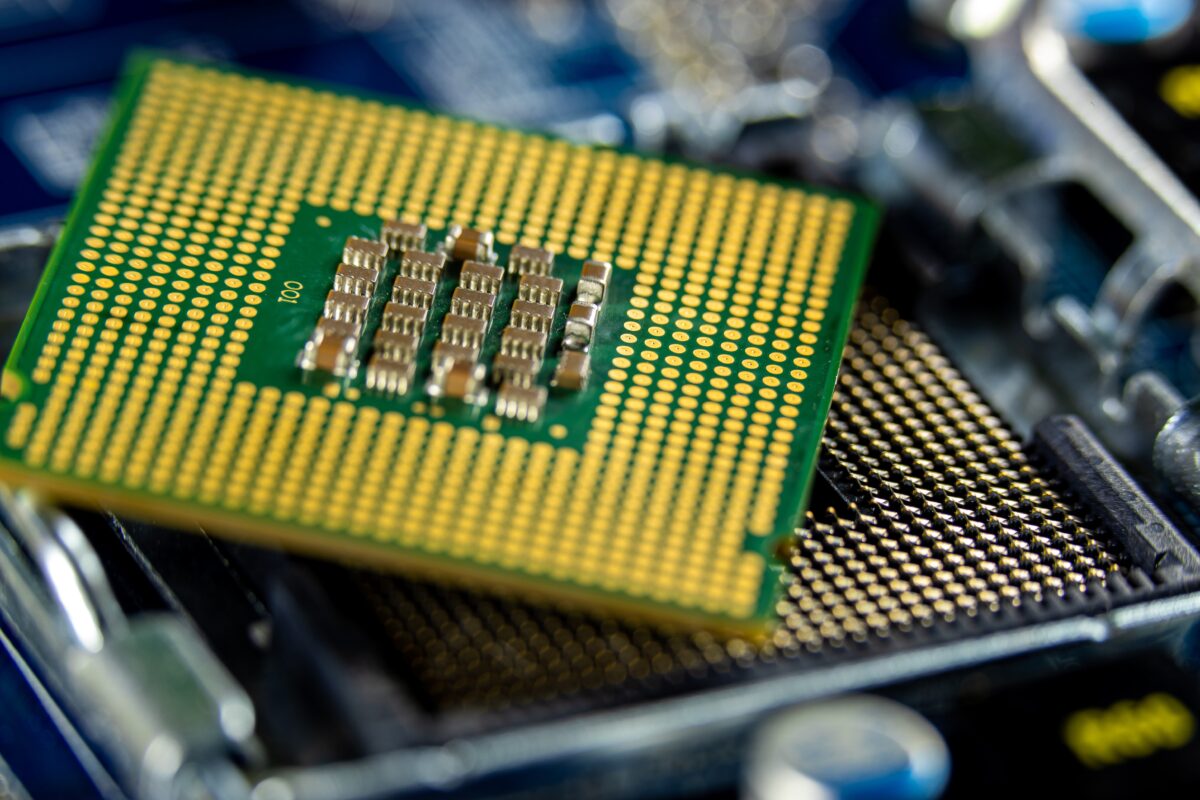New CHIPS Act guardrails proposed
The US Semiconductor Industry Association (SIA) has asked Commerce for more flexibility for recipients with facilities in “foreign
countries of concern” in the CHIPS Act.
The SIA published comments on 22 May, asking for a revision on a Proposed Rule of the CHIPS Act, which they say would “unduly restrict
ordinary business activities”. They also believe the Rule is much more restrictive than the goals originally set by Congress.
These “guardrails” are being introduced to prevent the improper use of CHIPS Act funding.
Funding limitations
The Act sets out that any recipients of funding are limited to how much they can invest in “foreign countries of concern”. Existing legacy
manufacturing facilities or equipment were made exempt from these regulations. The Act also states any “significant renovation” to these facilities going forward means they no longer qualify.
The SIA’s comments express concern over the new Proposed Rule’s definition of a significant renovation. Unlike the original rules put
forward, it says, the revised definition could hamper the maintenance and running of these facilities.
One of the reasons for the Act was to ease the US’s reliance on Chinese-produced semiconductors. However, according to the SIA some of the
restrictions will hold CHIPS Act recipients back from competing against other industry players.
The SIA’s response
In the SIA’s comments it says the guardrails should allow companies to maintain the “basic competitiveness” of their facilities. As it is
now, it believes the Proposed Rule would leave companies unable to even maintain facilities.
Among other recommendations, the comments also list changes to how often capacity is measured and revisions to the definition of a legacy
semiconductor.
In a statement released alongside the comments, the SIA said it looked forward to continued engagement and partnership with the Commerce
Department.
In comments published separately to those on the guardrails, the SIA also published comments on the advanced manufacturing investment credit regulations proposed by the Treasury Department. Both press releases are available here.
Stay on top of the latest news
Alongside Lantek Corporation being one of the best electronic component distributors around, we also keep you up to date with the latest industry news. Check out other posts on our blog here.



